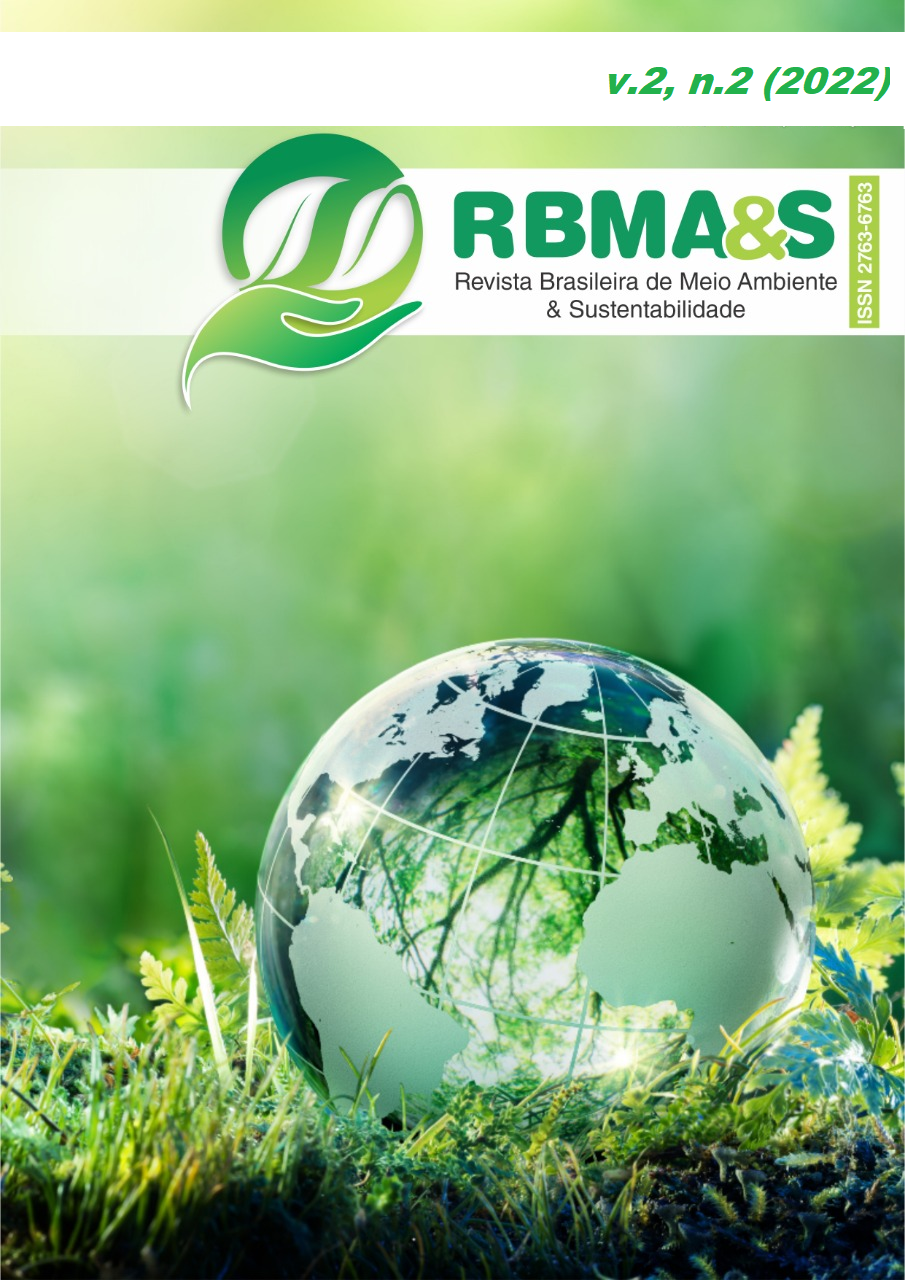EVALUATION OF THE SANITARY EFFLUENT TRACTABILITY OF THE “VÓ PUREZA” ETE, CAMPINAS-SP, USING BLACK ACACIA POLYMER THROUGH ACUTE TOXICITY BIOASSAYS EVALUATION OF THE SANITARY EFFLUENT TRACTABILITY OF THE “VÓ PUREZA” ETE, CAMPINAS-SP, USING BLACK ACACIA POLYMER THROUGH ACUTE TOXICITY BIOASSAYS
Main Article Content
Abstract
The growing of population and industrial development, induce, due to the low efficiency of the physical-chemical treatment or even the lack of this, serious negative impacts to the public sewage system, mainly to the treatment of sewage and consequently the aquatic biota, once cause changes of physical, chemical and biological nature, thatsometimes are irreversible. However, these standards are often not met and sanitation companies become co-responsible for these discharges. Considering this reality, in which there is a need for monitoring of water quality, the present study proposed the evaluation of the efficacy of pre-treatment of sanitary effluent samples from ETE “Vó Pureza”, using organic coagulant from renewable sources by means of acute tests with the species Lemna minor (aquatic macrophyte) and Ceriodaphnia silvestrii (microcrustaceous) under laboratory conditions, as well as physico-chemical analyzes that ensured more efficient results. The results of coagulation / flocculation showed removal of a great part of the organic load, in addition there was a 500% increase in dissolved oxygen and the ecotoxicological tests showed efficiency in the treatment, based on the parameters used, immobility for Ceriodaphniasilvestrii and population growth, leaf area and root growth for Lemna minor. The efficiency of the polymer has been found but further studies are need to improve this method in treatment plants, for to become a apropriate and eficient way to remove different chemical pollutants.
Downloads
Article Details

This work is licensed under a Creative Commons Attribution 4.0 International License.

